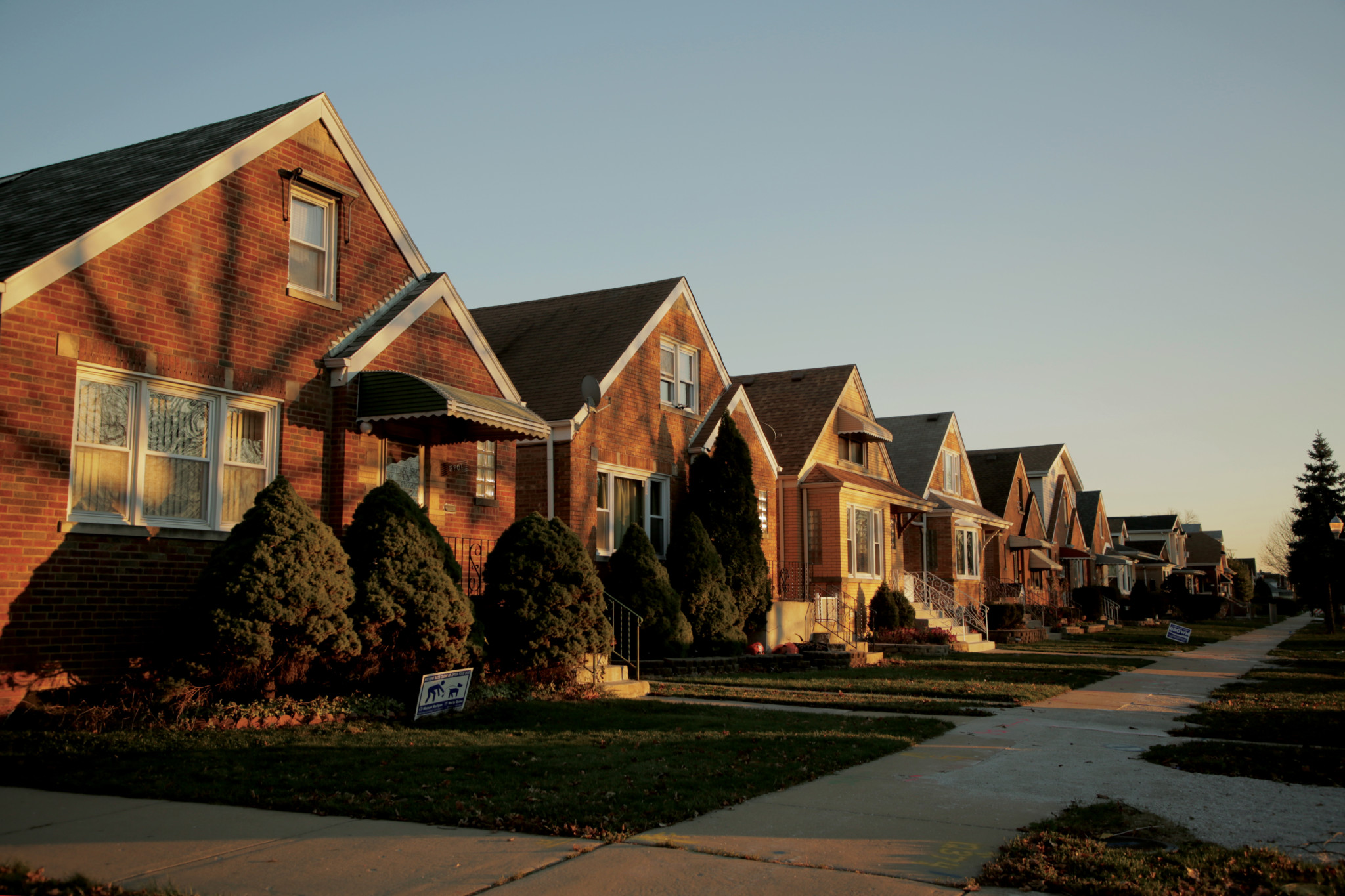- Best Blank Canvas
- Best Drawn-Out Discussion About Books
- Best Comfort Food by the Gallon
- Best Place for Onesies That Are Only Going to Fit For Three Months Anyway
- Best Easily Accessible Mental Health Resources
- Best Student Activism, Local Parks Edition
- In Memoriam: Jan Kopec
- In Memoriam: Mind + Hand
Whenever somebody asks me to describe my neighborhood of Archer Heights, the phrase that comes to mind is “tucked away.” We are bordered to the north by the enormous bridge covering both I-55 and the Sanitary and Ship Canal, to the east by the unending freight tracks of the Corwith Intermodal Facility, and to the west by a blocks-long industrial yard (or by wide and well-traveled Cicero Avenue, depending on who you ask; as someone who’s only lived here for ten years, I don’t feel qualified to weigh in on the controversial question of neighborhood boundaries).
Life in this community can be many things owing to its unique geography: cozy and insular, friendly and entrenched, peaceful, and a bit sleepy. But it’s also the sort of place where people settle in for the long haul. It’s not uncommon for families to live here for multiple generations, or to sell their house only to buy a new one around the corner. Archer Heights is a community of well-loved single-family homes, chatty neighbors, and dozens of wonderful nooks and crannies that fly under the radar of even long-time residents.
Curiously enough, Archer Heights also has an extremely busy street running through the middle of it: Pulaski Road, which connects us to West Elsdon directly to the south and keeps running for another 150-odd blocks. Pulaski is home to strip malls as far as the eye can see—sometimes it feels like they extend all the way to the Gulf of Mexico. The street is practically a highway, with its wall of mid-sized commerce serving as a sound barrier concealing the quiet neighborhoods beyond.
If you’re spending time in Archer Heights or West Elsdon, odds are your visit is intentional. You might be seeing family, or exploring the well-worn paths of the place you call home. You might walk for blocks along a quiet side street with only the rustle of leaves or the far-off hum of industry keeping you company. And if you stop at a crosswalk along Pulaski and take note of the unending stream of cars rushing through the neighborhood without ever thinking twice about stopping, you might even feel bad for those thousands of drivers who have no idea what they’re missing. (Dixon Galvez-Searle)
Dixon Galvez-Searle is a lifelong Chicagoan who was born and raised in what realtors are no doubt calling Logan Square, but is more accurately the southernmost tip of Avondale. He spends his days crafting digital communications (web pages, emails, social media posts) on behalf of a single-payer advocacy organization. Dixon lives in Archer Heights, where he tends to his hungry and demanding cats, bikes the side streets with his giddy daughter, and serves on the board of the Southwest Collective along with his wife, Jaime, who started the growing community organization in their basement in early 2019.
Best Blank Canvas
Former Marzano’s Miami Bowl
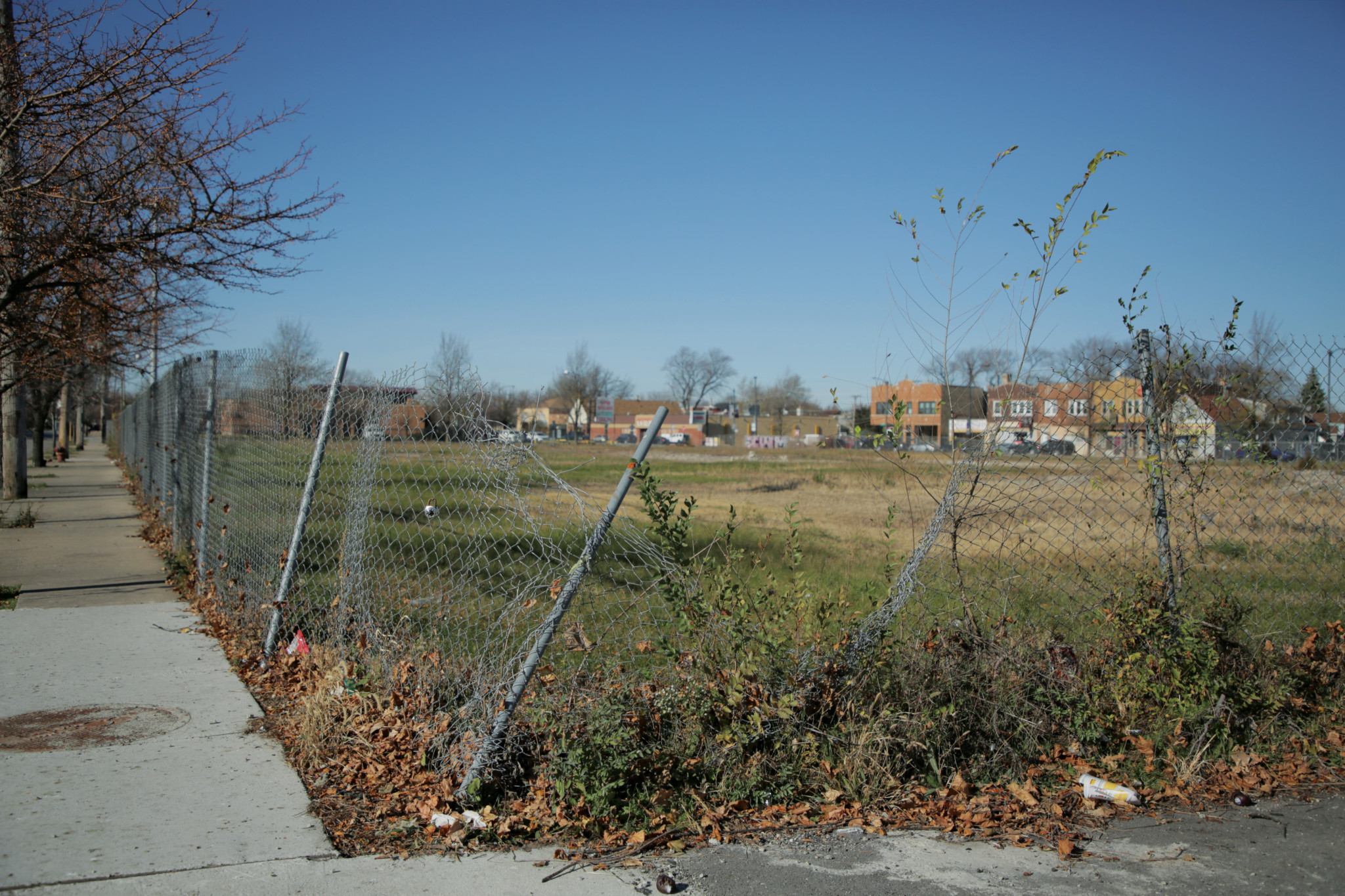
From 1955 to 2004, the corner of Archer Avenue and Pulaski Road was home to an unthinkably large (eighty lane!) bowling alley that drew crowds from across the Southwest Side and beyond. But as the mainstream appeal of bowling dwindled and the crowds thinned out, it became clear that such an extravagant ode to the sport was no longer commercially viable, and after the bowling alley closed in 2004, the building was razed in 2006. Today, all that remains is a sign that reads “O PEN OWL ING” and 3.5 acres of crabgrass mixed with deteriorating concrete—all of which is confounding for neighborhood residents, because by all outward appearances this is a prime location.
The property sits directly across from both the busy Pulaski Orange Line CTA station and Curie Metro High School, and is a little more than a mile south of I-55. And while various residential and commercial projects have been proposed over the years, none of them has come close to breaking ground. (It didn’t help that one such project was interrupted by the Great Recession and that the owners, JD Real Estate of Pete’s Fresh Market fame, seem content to sit on the property until it yields a sizable return.) As the years go by, young people in the neighborhood are increasingly unaware that this particular plot of land was ever anything but the vacant lot it is today.
But just imagine what this land could be. It could be an arts and cultural center showcasing the talents of Chicagoans who are not often celebrated, and providing the kind of live performance space that other communities take for granted. It could be a community garden or green space to counterbalance the wide streets and expansive concrete parking lots nearby. It could be a series of affordable or mixed-income rental units in a city that builds overpriced condos next to its most crowded train stations. It could even be a commercial property hosting retail or other businesses (imagine a mid-size movie theater in this location), although the surrounding area is not currently hurting for storefronts or strip malls.
Or it could be something completely different, based on feedback from students, commuters, and residents. And while COVID-19 has made it unlikely that any sort of ambitious project will begin construction in the near future, the potential and need for a community anchor that draws people from across the Southwest Side’s disparate communities is as strong as it’s ever been. (Dixon Galvez-Searle)
The former Marzano’s Miami Bowl lot is bounded by S. Archer Ave. to the north, S. Karlov Ave. to the west, W. 51st St. to the south, and S. Pulaski Rd. to the east. If you’re the type of person who currently has access to millions of dollars, the land is currently available for lease through Metro Commercial Real Estate, metrocre.com.
Best Drawn-Out Discussions About Books
Adult Graphic Novel Book Club at the Archer Heights Public Library
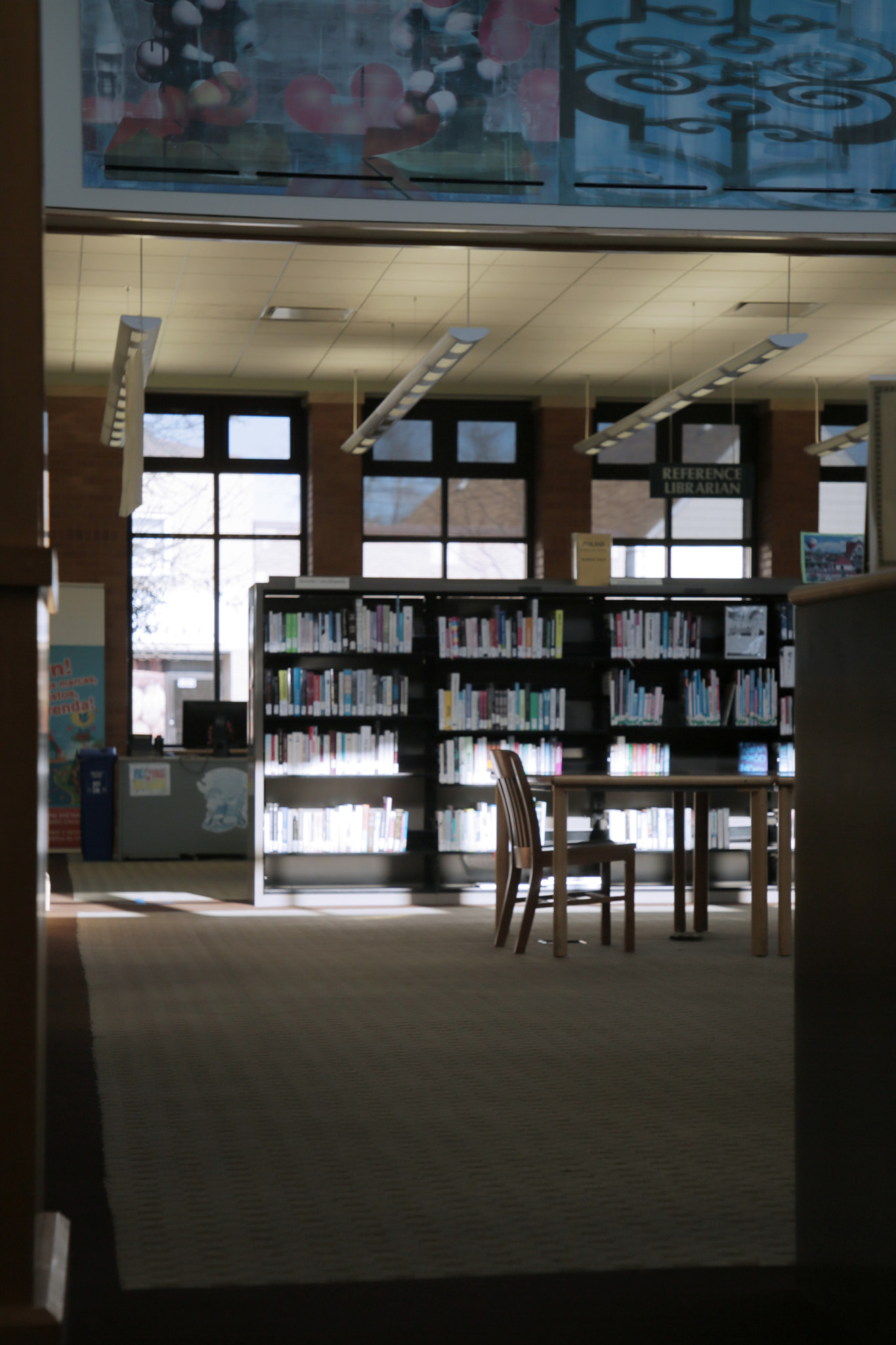 Worst. Year. Ever. Among other things, 2020 has not been kind to fans of comics and graphic novels, who are accustomed to gathering at large, indoor conventions, and who may even choose to avoid cramped comic book shops while COVID-19 still looms large. But a newly launched book club out of the Archer Heights Public Library—also home to a Polish book club featured in 2019 BoSS—hopes to somewhat fill that gap by providing a monthly (virtual) space for discussing adult graphic novels like Watchmen and Batman: The Dark Knight Returns.
Worst. Year. Ever. Among other things, 2020 has not been kind to fans of comics and graphic novels, who are accustomed to gathering at large, indoor conventions, and who may even choose to avoid cramped comic book shops while COVID-19 still looms large. But a newly launched book club out of the Archer Heights Public Library—also home to a Polish book club featured in 2019 BoSS—hopes to somewhat fill that gap by providing a monthly (virtual) space for discussing adult graphic novels like Watchmen and Batman: The Dark Knight Returns.
Those two widely acclaimed books were featured in October and November, respectively, and librarian Dean Ramos, who leads the group, plans to include indie books, biographies, and European graphic novels in future months. Once COVID-19 restrictions put the library’s popular crafting programs on hold, Ramos leaned on his interests and his experience running a similar book club at the southwest suburban Stickney-Forest View Public Library (he moved to the Archer Heights library about a year-and-a-half ago). He says he has a year’s worth of material for the group, and expects the virtual crowds to get bigger as the months go on.
And in case anybody skipped over the word “adult” in the group’s title, note that these books often contain mature themes and imagery, so no signing up your kid who happens to be into Marvel. This particular book club is for readers ages sixteen and older. (Dixon Galvez-Searle)
Adult Graphic Novel Book Club at the Archer Heights Branch Library, 5055 S. Archer Ave. To register for an upcoming book club, visit chipublib.org, click “events” at the top of the page, and select “book clubs” using the series of checkboxes at the left. The December 14 edition of the adult graphic novel book club will focus on the “Saga” series by Brian K. Vaughan.
Best Comfort Food by the Gallon
Peke’s Pozole
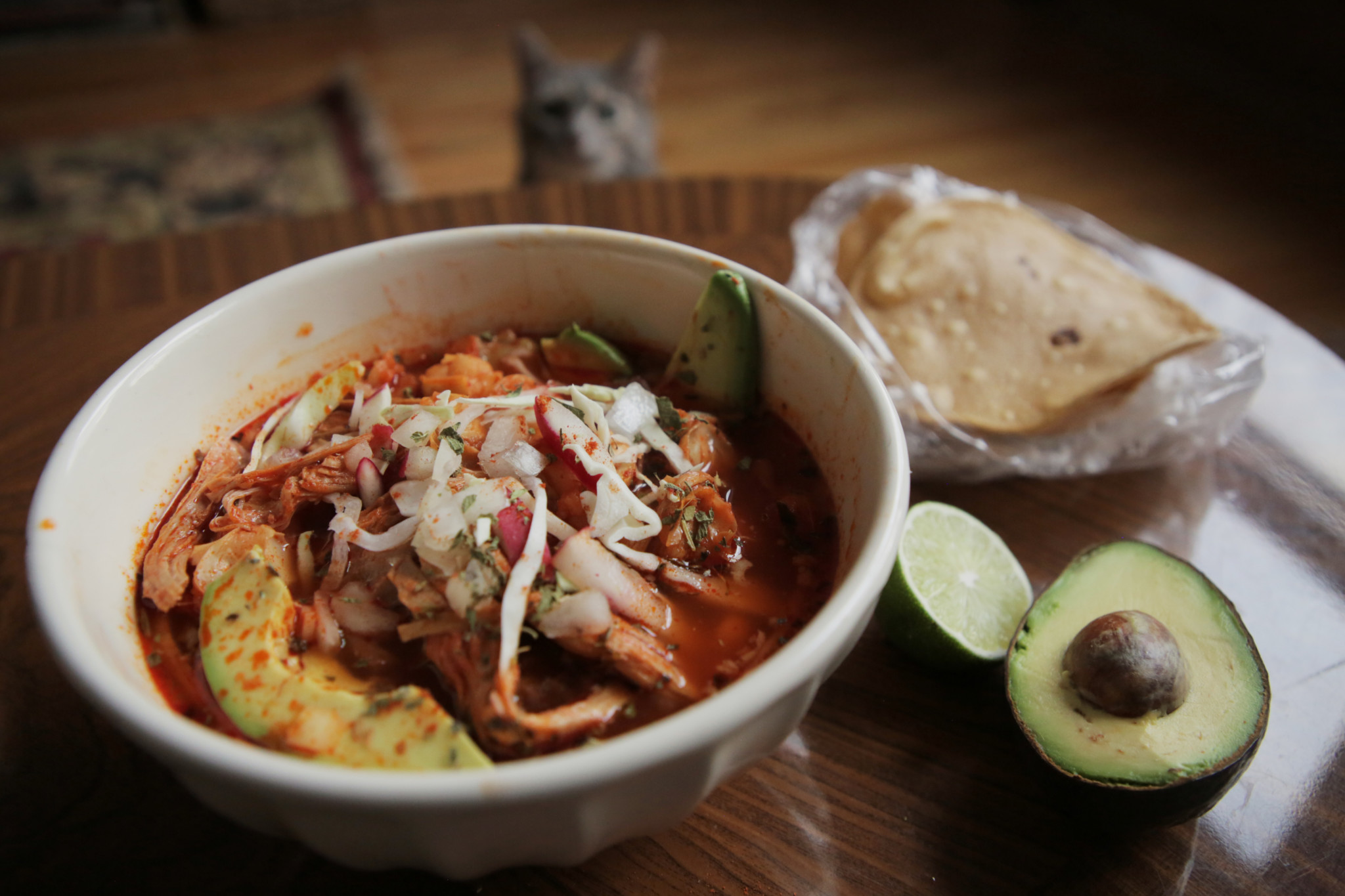
If you’re somebody who gets overwhelmed by too many choices, then seek out this storefront restaurant for a hot (and possibly spicy) bowl of pozole, a traditional Mexican stew that comes in three simple varieties: rojo, verde, y blanco. Actually, you’re not going to walk out with a bowl’s worth, you’re going to walk out with either a gallon or a half-gallon, and the half-gallon is going to give you about six bowls worth, perfect for a family meal or for a week of solo sustenance over the long winter months.
The pozole itself features a base of hominy and pork, along with just the right amount of flavorful but not overpowering broth and an outrageously generous grab-bag of toppings that includes avocado, radishes, shredded lettuce, seasonings, and a whole lime. (Do yourself a favor and don’t ignore the lime, a squirt of citrus in a bowl of piping hot pozole really hits the spot.) There are other items on the menu, and try them if you must, just realize that the main attraction can be found in the restaurant’s name. (Dixon Galvez-Searle)
Peke’s Pozole, 4720 S. Pulaski Rd. Thursday–Friday, 9am–6pm; weekends, 8am–8pm. Closed Monday–Wednesday. (773) 801-1136. pekespozole.com. In a COVID-free future, patrons will be able to soak in the colorful interior that includes brightly painted walls, papel picado (colorful perforated paper) strung across the ceiling, and a beguiling cat emoji-inspired store mascot.
Best Place for Onesies That Are Only Going to Fit for Three Months Anyway
Freebies for Families
Remember Saturday, February 29? It was a simpler time, when dozens of families and a dedicated group of volunteers could gather at Zoe’s Patio on Archer for a clothing swap. The monthly “Freebies for Families” events, which started in the fall of 2019 as a reaction to the tragic murder of Marlen Ochoa Uriostegui during what was supposed to be a private pickup of baby clothes, provided a public space for parents and expectant parents to donate or receive onesies, toys, books, and other necessities. The February event was the biggest one yet, with tables and booths stacked high with donations, families cycling in and out for hours on end, a dedicated arts and crafts table, and kids running around with reckless abandon.
The March event probably would have been even bigger, but of course, it had to be canceled—as did the April event, and the May event, and so on. But organizers with The Southwest Collective refused to put “Freebies” on a complete hiatus, and instead began scheduling contact-free pickup and dropoff of items for expectant parents. This was especially important during a time of increased need, when families were experiencing everything from canceled baby showers to layoffs and loss of income. The team of volunteers housed donated items in their basements and garages, and made an extra effort to put together curated care packages for families during the spring and summer.
Then, with the weather becoming cooler, the Collective managed to host an in-person (outdoor) event on October 24. Organizers secured space at the United Credit Union parking lot, spaced tables at least six feet apart, provided hand sanitizer to everybody upon entering, and required attendees to wear masks (which were made available in case anybody needed one). The dozens of attendees who braved the late fall chill were also treated to a Dia de los Muertos inspired performance by the southwest side dance troupe Teatro Tariakuri.
If there’s anything new parents need, it’s a community of people who care about them and their children. Quarantine may have complicated matters, but there’s still no shortage of families who want to look out for one another. (Dixon Galvez-Searle)
November and December “Freebies” events have been cancelled due to the spike in COVID-19 cases on the southwest side. Organizers have been making contact-free drop-offs in the interim, and are tentatively planning an in-person event for January, complete with strict safety measures. Visit swcollective.org for more info as it becomes available.
Best Easily Accessible Mental Health Resources
La Caja de la Comunidad
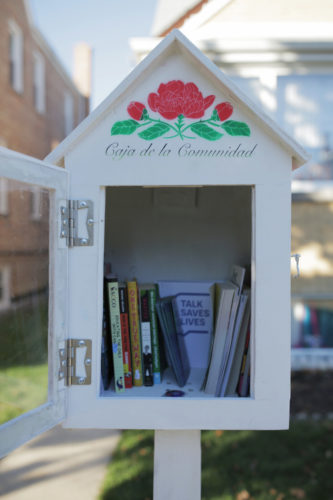
Little Free Libraries have been around for a long time, and are a great way for neighbors to share their gently used books with one another. But oftentimes these libraries get filled up with the sorts of titles that populate thrift store shelves: airport fiction, sticky board books, college tomes, biographies of notable people from the 1980s, and the like. La Caja de la Comunidad is a different kind of informal neighborhood book exchange, envisioned from the ground up to provide mental health resources to a largely Latinx population that has experienced both trauma and heightened anxiety during the Trump years, that often lacks even basic health coverage, and that has suffered disproportionate harm during the COVID-19 pandemic.
La Caja de la Comunidad features an abstract tan face in profile, with an illustrated red brain visible in the center, along with the phrase “La Salud Mental Es Importante / Mental Health Matters.” The box was installed in late October, and houses books in both Spanish and English that community members are free to take home and call their own, as well as brochures from organizations such as The American Foundation for Suicide Prevention. It also provides self-care items such as gratitude journals and coloring books to encourage coping and relaxation, which we could all use more of in 2020.
The organizers hope such a public display of mental health resources will raise awareness of mental health challenges in the Latinx (primarily Mexican-American) community, and spark conversations about the importance of mental health in general. They also hope to help those who need professional support connect with culturally appropriate and accessible services from licensed therapists to informal networks to professionally staffed hotlines. There are serious mental health challenges associated with the pandemic, and the sooner we bring these issues out into the open, the sooner we can deal with them as individuals and as a community. (Dixon Galvez-Searle)
La Caja de Comunidad, S. Keeler Ave., between W. 47th and 48th St. It is a collaboration between No Somos Locos, The Southwest Collective, and the Robledo-Olivo Family, and was created in loving memory of Derek Jason Robledo who lost his battle with depression in 2019.
Best Student Activism, Local Parks Edition
Curie Park renovation (or lack thereof)
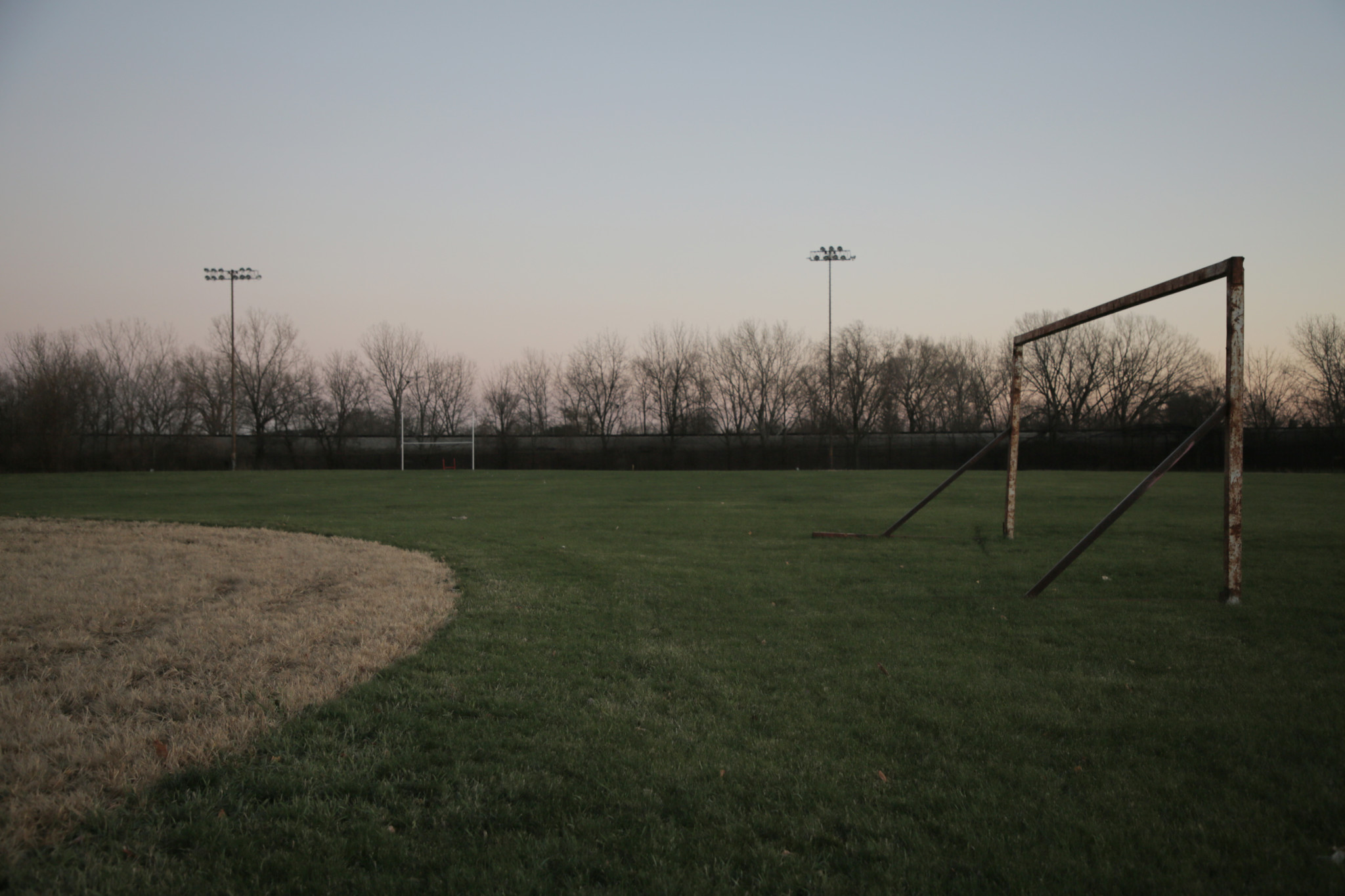
Where do you suppose home games for budding athletes at Curie Metro High School get played? If you said neighboring Curie Park, with its combination football/soccer field and acres of green space, well…you’d be wrong. That’s because the park is in such poor condition that visiting CPS teams refuse to play there. Sadly, this problem has lingered for a long time; it’s been a whopping ten years since the varsity football team has played a home game at Curie.
Students at the third-largest public high school in the city are beyond fed up with the state of their park, and produced a video detailing just how patchy, soggy, messy, and dangerous the field can be. The young filmmakers/activists interviewed nearly a dozen students and staff, and spliced their observations about the park together with footage of patchy grass, barely visible field markers, pooled water, and divots galore. Then there are the sparkling new parks at other CPS high schools, some of them quite close to Curie.
“There are so many pieces of foundation, like concrete and rebar, in the field that it causes spontaneous sinkholes to form,” said Joseph Riley, Curie’s athletic director, in the video. “They might not be huge, but they’re low enough where you could just be walking…and you could blow out your knee [or] roll an ankle. Imagine trying to play competitively out there.” Where is all that concrete and rebar coming from? It’s likely leftover from the two blocks worth of residential homes that once stood on what is now the western half of the park (archival aerial photos show that these were destroyed sometime in the 1960s or seventies).
During his uncharacteristically competitive 2019 re-election campaign, 14th Ward Alderman Ed Burke was asked about the state of Curie Park and pointed to ae renovation that he’d signed off on; in an email, a CPS spokesperson told the Weekly the 2013 renovation cost $725,317, and included new topsoil and sod “to provide positive drainage,” some fencing and accessibility improvements, and repairs to the irrigation system and a softball field. But per the video, that renovation is the one and only time the field has been upgraded since Curie opened in 1973, and it did little to address the (literally) underlying problems that make the park borderline unusable for students and neighborhood residents alike. CPS skirted the question of how it intends to respond to the student activists—its spokesperson said it is “aware of the concerns raised by the school community and is committed to continued engagement,” but didn’t respond to a request for clarification on what that engagement has looked like, or might look like in the future. (The Park District never responded to a Weekly request for comment.) In 2016, then-CPS CEO Forrest Claypool acknowledged the poor conditions of the field in a letter supporting an ultimately unsuccessful grant application the school submitted. Despite this, there still remain no plans to fix the problems at Curie Park. (Dixon Galvez-Searle)
Read In Memoriams for Archer Heights & West Elsdon’s Jan Kopec and Mind + Hand

